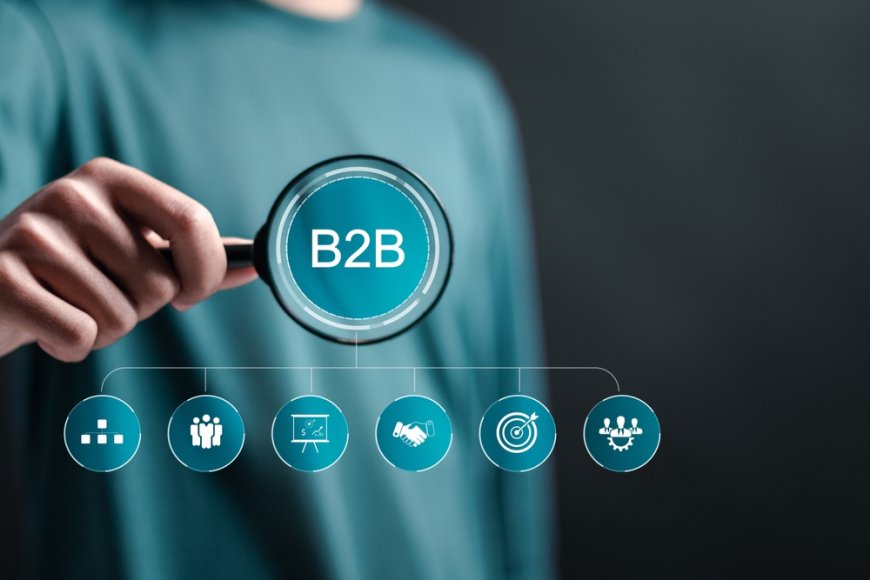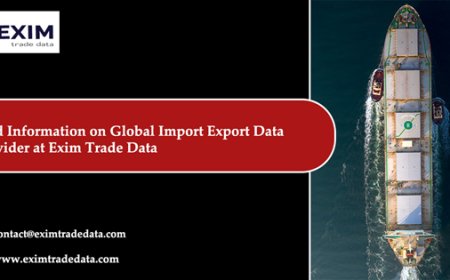Leveraging Sales Qualified Leads for Strategic B2B Growth
Acceligize delivers comprehensive global B2B demand generation and performance marketing services that help technology companies identify, engage, and qualify their ideal target audiences throughout every phase of the buying journey.
In the digital-first B2B landscape, waiting for leads to fill out a form is no longer enough. Todays top-performing organizations leverage intent data to uncover real buying signals early in the sales cycle. Understanding and applying this strategy is essential for identifying B2B sales qualified leads for better growth. Intent data provides visibility into what potential buyers are researching, when theyre researching it, and how close they are to making a purchasing decision.
By proactively identifying prospects who are already showing interest in your solution or category, businesses can engage more meaningfully and improve conversion outcomes.
What Is Intent Data?
Intent data refers to behavioral information collected from various digital touchpoints that indicate a prospects likelihood to purchase. These data points are derived from:
- Website visits
- Content consumption
- Search queries
- Ad clicks
- Downloads and registrations
- Social media interactions
This data helps identify prospects researching topics relevant to your products and services, which is key to understanding B2B sales qualified leads for better growth.
Types of Intent Data
There are two primary types of intent data used in B2B sales:
1. First-Party Intent Data
This is data gathered directly from your own platforms such as:
- Website analytics
- Email engagement
- Webinar attendance
- Form fills
First-party data shows how a lead interacts with your brand specifically, and is foundational for scoring and nurturing.
2. Third-Party Intent Data
Collected from external platforms like review sites, publisher networks, and data vendors, this data reveals activity across the wider web. It helps you discover:
- Prospects engaging with your competitors
- Companies researching relevant categories
- Accounts consuming content on industry-related topics
Combining both types provides a full picture of buyer behavior and dramatically enhances your ability to spot sales-ready leads.
Why Intent Data Matters for Identifying SQLs
Intent data enables marketers and sales professionals to move from reactive to proactive lead generation. Heres why its vital for identifying B2B sales qualified leads for better growth:
- Timely engagement: You can reach out when buyers are actively researching.
- Enhanced personalization: Messaging is tailored based on observed interests.
- Better lead qualification: Leads showing strong intent are more likely to convert.
- Improved targeting: Focus efforts on accounts already displaying buying signals.
Rather than relying solely on form submissions, intent data gives early indicators of buyer readiness.
To know more visit us @ https://acceligize.com/
Building a Strategy Around Intent Signals
To effectively use intent data in qualifying leads, follow a structured strategy:
1. Define Relevant Intent Topics
Select topics and keywords closely aligned with your product, such as B2B lead generation platforms or account-based marketing tools. These form the basis for monitoring activity.
2. Choose an Intent Data Provider
Third-party providers like Bombora, G2, or ZoomInfo offer aggregated intent insights from across the web. Choose one that integrates with your CRM and marketing automation tools for seamless workflows.
3. Integrate with Lead Scoring Models
Incorporate intent signals into your lead scoring model. For example:
- +15 points for researching a competitor
- +20 points for visiting a comparison guide
- +30 points for visiting your pricing page after seeing third-party content
These insights help prioritize leads with immediate potential.
4. Set Up Real-Time Alerts
Enable real-time alerts for sales teams when an account surges in intent. This allows immediate follow-up while the interest is freshturning data into opportunities.
Intent-Based Segmentation and Personalization
Intent data allows marketers to segment leads more precisely and personalize outreach accordingly. For example:
- Leads researching email marketing platforms can receive product comparison content.
- Prospects looking at data compliance tools can be sent GDPR/CCPA-focused messaging.
- Accounts consuming ABM-related content can be enrolled in a tailored outbound campaign.
Understanding B2B sales qualified leads for better growth becomes easier when your messaging aligns with actual interests and behaviors.
Empowering Sales Outreach with Intent Insights
Sales teams armed with intent insights can:
- Craft more relevant opening lines
- Reference specific topics or challenges the prospect is researching
- Avoid cold outreach by entering warm conversations
- Understand where the prospect is in the buyer journey
This strategic use of data leads to better engagement, shorter sales cycles, and improved close rates.
Identifying Buying Committees Through Intent Clusters
B2B buying decisions often involve multiple stakeholders. Intent data helps you spot clusters of activity from the same companyindicating that a buying committee may be forming.
If multiple individuals from a single account are:
- Reading similar content
- Downloading related assets
- Engaging across platforms
its a strong sign the account is sales-ready. Prioritize outreach to these high-intent, high-engagement companies.
Read More @ https://acceligize.com/featured-blogs/understanding-b2b-sales-qualified-leads-for-better-growth/
Privacy and Compliance Considerations
While using intent data, ensure that your practices comply with data privacy regulations like GDPR and CCPA. Work only with vendors who provide anonymized, permission-based data and disclose usage within your privacy policy.
Building trust with buyers is essential for long-term successeven when pursuing fast SQL identification.
Measuring the ROI of Intent-Driven SQLs
To validate the impact of intent data on your growth strategy, track metrics such as:
- SQL-to-Customer conversion rate
- Time from intent detection to first outreach
- Revenue influenced by intent-driven leads
- Average deal size from intent-qualified accounts
- Sales velocity improvement post-adoption
These performance indicators will show how understanding B2B sales qualified leads for better growth through intent data translates to measurable gains.
































